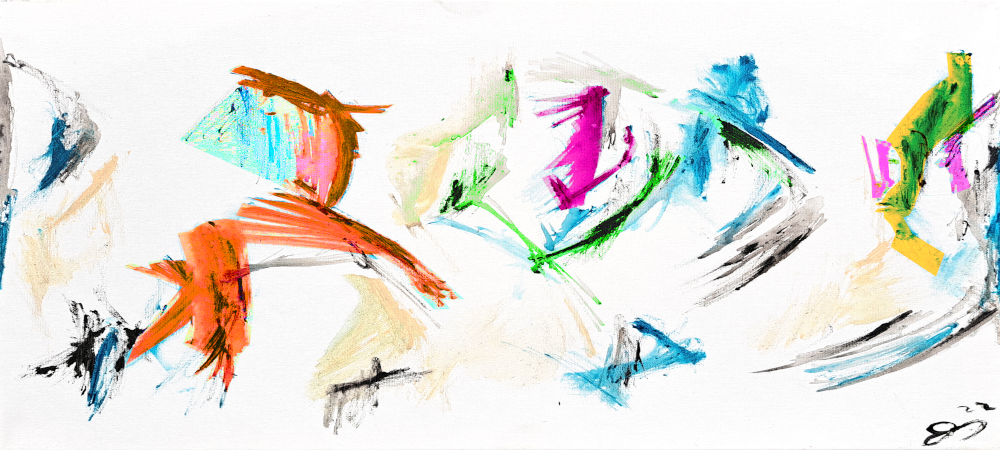Understanding Abstract Art: A Journey into Modern Expressions
When you step into the world of art, you encounter a diverse array of styles and forms, each with its unique language and allure. Among these, “Abstract Art” stands as a fascinating and enigmatic genre that has captivated artists and art enthusiasts alike for generations.
Abstract art, characterized by its focus on order, purity, simplicity, and spirituality, is a style that breaks away from the constraints of representing visual reality. Instead, it embraces the freedom to explore the depths of imagination and emotion, giving rise to artworks that challenge the viewer’s perceptions and evoke deep feelings.
The Origins of Abstract Art
Abstract art has deep roots in the world of modern art, encompassing movements such as contemporary art, avant-garde art, abstract expressionism, and modernist art. Artists who engage with abstract forms seek to transcend the limitations of realistic representation, pushing the boundaries of creativity and visual interpretation. for more information you can read more
Exploring Abstract Terminology
To fully appreciate abstract art, it’s essential to dive into the lexicon of art terms that surround it. An art glossary filled with specific art terminology, definitions, vocabulary, and even art jargon can provide valuable insights into the language of abstraction. This understanding allows viewers to engage more deeply with abstract artworks and comprehend the artist’s intent. For a more detailed post about terminology you can read more
The Geometry of Abstraction
Geometric shapes and forms often find their place in abstract art. Geometric art introduces a structured and mathematical aspect to the abstract canvas, creating intricate patterns and visual aesthetics that can both mesmerize and challenge the viewer’s perception. These geometric patterns go beyond the boundaries of visual reality, offering a fresh perspective on visual representation and interpretation.
From Concrete to Non-Objective
Within the realm of abstract art, you’ll encounter various branches, each with its unique focus. Concrete art, for instance, explores pure abstraction and concrete forms, emphasizing the aesthetic and visual order within the artwork. On the other hand, non-objective art delves into the realm of non-representational expression, where the artist’s focus lies in the abstract expression rather than any visual, figurative representation.
Embracing Order, Purity, and Simplicity
Abstract art thrives on notions of order, purity, and simplicity. Artists aim to create not only artistic order but also an aesthetic order that resonates with the viewer. This pursuit of artistic purity leads to creations that emanate a sense of transcendence and spiritual dimensions, ultimately elevating the experience of both the artist and the audience.
The Spiritual Dimensions of Abstract Art
In some instances, abstract art explores the realm of spirituality, offering a visual journey into the artist’s inner world. This form of artistic expression can be termed spiritual art and often delves into abstract spirituality, artistic spirituality, and transcendent art. It invites viewers to contemplate the spiritual dimensions inherent in the human experience. For a more detailed article go here
In conclusion, abstract art is a multifaceted genre that continues to evolve and inspire. It is a celebration of creativity, freedom, and the human spirit’s boundless capacity for expression. Whether you are an art connoisseur or a casual observer, diving into the world of abstract art is a journey worth taking, as it offers a unique and enriching perspective on the power of artistic imagination and interpretation.
So the next time you find yourself in front of an abstract masterpiece, embrace the order, purity, simplicity, and spirituality it offers, and allow your mind to wander through the captivating world of abstract expression.
